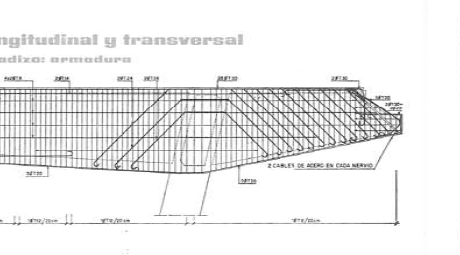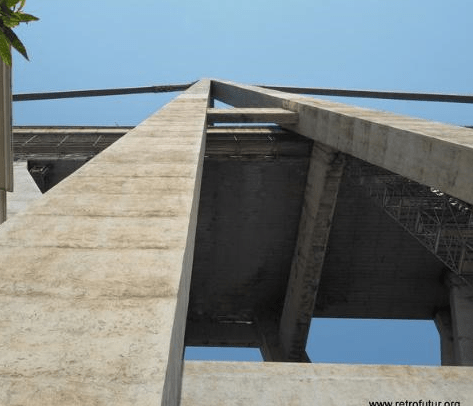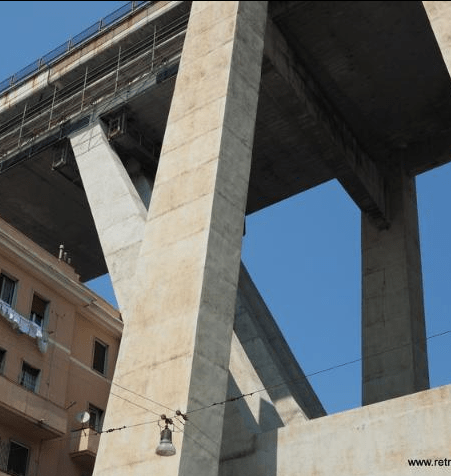thebard3
Chemical
- May 4, 2018
- 746
An interesting theory from the article: "Italian news agency ANSA said authorities suspected that a structural weakness caused the collapse".
Brad Waybright
It's all okay as long as it's okay.
Follow along with the video below to see how to install our site as a web app on your home screen.
Note: This feature may not be available in some browsers.
robyengIT said:the full project explained in details by the designer himself, Mr Morandi (immediately after the opening)...




